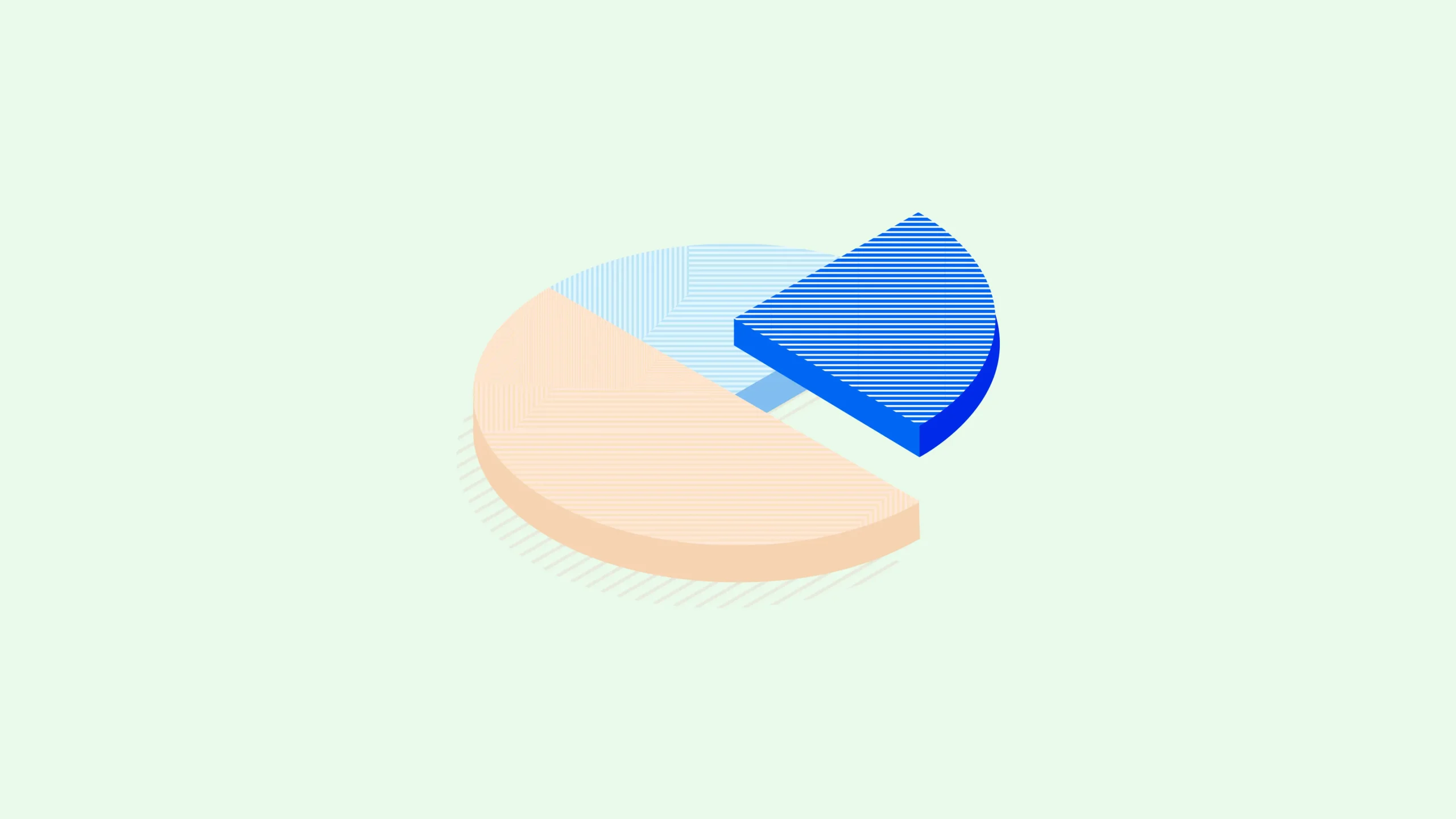
ETF (Exchange Traded Fund) is a type of investment fund that behaves similarly to a mutual fund. ETFs pool money from investors into a basket of different investments ranging from bonds, and stocks, to other securities.
Examples of ETFs
- The SPDR S&P 500 (SPY)
- The iShares Russell 2000
- Invesco QQQ
- The SPDR Dow Jones Industrial Average
- Global X MSCI Nigeria ETF
How ETFs Work
ETFs are traded on the stock exchange, so they are bought and sold like stocks and are usually subject to commissions and other related fees. They are exchange-traded instruments that typically mirror a particular index. When you purchase an ETF, you receive a collection of assets you can buy and sell during trading hours, potentially reducing your risk and exposure with portfolio diversification.
Types of ETFs
- Passive and Active
- Bonds Funds
- Stocks Funds
- Industry/Sector ETFs
- Equity Funds
- Fixed Income Funds
- Commodity Funds
- Currency Funds
- Real estate funds
- Speciality Funds
- Inverse Funds
- Leverage Funds
Things to consider before investing in ETFs
1. Some ETFs can be complicated
Depending on their strategies or holding, you should carefully consider each ETF’s features, risks, rewards, and performance before investing in one with your objectives and expectations.
2. Volatility
As with every investment, pay attention to market changes because market fluctuations can cause the ETF bid to expand. Volatility may also impact discounts, premiums or net asset values, raising the investor’s costs.
3. Commissions
Like any exchange-traded security, you typically pay a commission when you purchase or sell an ETF. Those commissions can pile up quickly. Not all brokers will charge you a commission when you trade an ETF online. Always double-check before making a trade.
4. Discounts and Premiums
Like mutual funds, ETFs are bought and sold at market prices rather than at net asset value (NAV). Investors could thus pay more for an ETF than the price of its underlying equities or bonds (a premium). On the other hand, investors could choose to sell an ETF for less than the value of its assets (a discount).

How to Invest in ETFs
1. Open a brokerage account
Before you can purchase or sell ETFs, you’ll need a brokerage account. However, the cost isn’t an hurdle as most internet brokers provide commission-free stock and ETF trades.
2. Find and choose your ETFs
After opening your brokerage account, you need to choose which ETFs to purchase. There are a few ways to make the choosing process simpler, whether you’re looking for the best-performing broad index ETFs or prefer to look for others on your own. Most brokers provide powerful screening tools to narrow the selection of ETFs based on factors such as asset type, geography, industry, trading performance, and fund provider. So choosing the best for you requires a lot of research time.
3. Place the trade
ETF purchases are made in a way that is quite similar to stock purchases. Go to your brokerage’s website’s “trading” section. In this sense, “trade” refers to either purchasing or selling an ETF.
ETFs: Advantages and Disadvantages
Advantages of ETFs
1. Trading Flexibility
Because of their flexibility, ETFs make it simple to transfer funds between other asset types, such as stocks, bonds, or commodities. In addition, they trade similarly to stocks, so you can trade them whenever the market is open.
2. Diversification
You can effectively diversify your portfolio with ETFs. They provide you with a wide range of key asset classes and industries. A few ETF niches also give investors access to industries that ordinarily would have been challenging.
3. Low-Cost
ETFs often have low operating expense ratios (OERs), typically lower than those of actively managed mutual funds.
4. Liquidity
ETFs can be exchanged (intraday) whenever stocks are traded, not simply at the end of the day because they trade on a market exchange. This has significant advantages when volatility is high.
5. Tax Efficiency
Since most ETFs are programmed to track an index rather than being actively managed, they may have little capital gains and income that must be distributed to investors each year. This indicates that the timing of taxation is more in the hands of investors.
Disadvantages of ETFs
1. Over diversification
Many ETFs engage in excessive diversification. ETFs are often not actively managed; instead, they are set up to track a particular index. As a result, the index and the resulting ETF may not contain the best stocks. Instead of owning the entire index, purchasing a select few of the finest companies would be more advantageous. This would be especially true for ETFs that follow indexes with a limited number of equities, such as those in a single sector or business.
2. Hidden Risks
With so many ETFs available, the asset mix in a single fund might be diverse or complex. Some may even have riskier securities that aren’t immediately visible. ETFs can also experience volatility, just like any other type of investment. Investors must learn about the indices the ETF tracks and the associated risks.
3. Low Dividend Yield
While some ETFs provide dividends, investors may find other investments, including stocks with substantial yields, to offer better returns. This is partly because ETFs follow a broader market and, as a result, typically offer lower yields. A stock owner willing to assume the increased risk of owning a particular stock may benefit from higher dividends.
4. Lack of Control
Because investors cannot choose the specific assets that make up an ETF, they have less control over the investment. An expert does that instead. However, people who want to stay away from a specific firm, sector, industry, or asset can pick a different investment method that takes a more active approach.
5. Cost of Operation
Although most ETFs are passively managed, fund managers still have operating costs and fees. An investor’s overall returns decrease when the expense ratio rises. For example, the fee may cover the cost of marketing, personnel wages, custodial services, and the fund manager’s experience in selecting and managing the underlying assets.
ETFs vs. Mutual Funds vs. Stocks
| ETFs | Mutual Funds | Stocks | |
| 1 | Exchange-traded funds (ETFs) are pooled financial security classes that function very similarly to mutual funds. ETFs typically follow a particular industry, index, commodity, or other asset. | A mutual fund is a type of financial vehicle that pools shareholder money to buy securities, including stocks, bonds, money market instruments, and other assets. | Stocks are individual shares of companies that are bought and sold on an investment exchange. |
| 2 | An ETF can be purchased for the price of 1 share, often known as the ETF’s market price. | Mutual fund minimum starting investments are not determined by the mutual fund’s share price. Instead, they are at a fixed amount. | For stock purchases, most full-service brokers charge 1% to 2% of the total purchase price, a flat fee, or a combination of the two. |
| 3 | Though fund managers can manage them actively or passively, most ETFs are passive investments linked to an index’s performance. | Both active and indexed mutual funds are available. However, the majority are actively managed. Fund managers are in charge of actively managed mutual funds. | Stocks can either be managed by the investor or overseen by a funds manager. |
Are ETFs a good investment?
Yes. Because they are inexpensive and contain a variety of stocks or other securities, ETFs are seen as low-risk investments because they promote diversification.
How do ETFs charge fees?
Fees for ETFs are deducted to cover the management and operating expenses of the fund.
Are ETFs good for beginners?
ETFs are fantastic for both beginner and seasoned investors. They’re generally less risky than buying individual stocks, reasonably priced, and accessible online and through traditional brokerages.
Is it better to own stocks or ETFs?
ETFs are preferable to stocks in two contexts. First, an ETF can be the best option if the return from equities in the sector has a limited variation around the average. Second, an ETF is your best option if you can’t use your understanding of the company to your benefit.

Bottom Line
ETFs diversify an investor’s portfolio by spreading their money into different securities and help balance risk. Still, investors should be aware of the limitations of ETFs before trading. Every ETF is unique. Furthermore, it’s possible for an ETF to deviate from its benchmark—an investor should therefore review in advance to learn about any drawbacks and see if it meets their needs.
